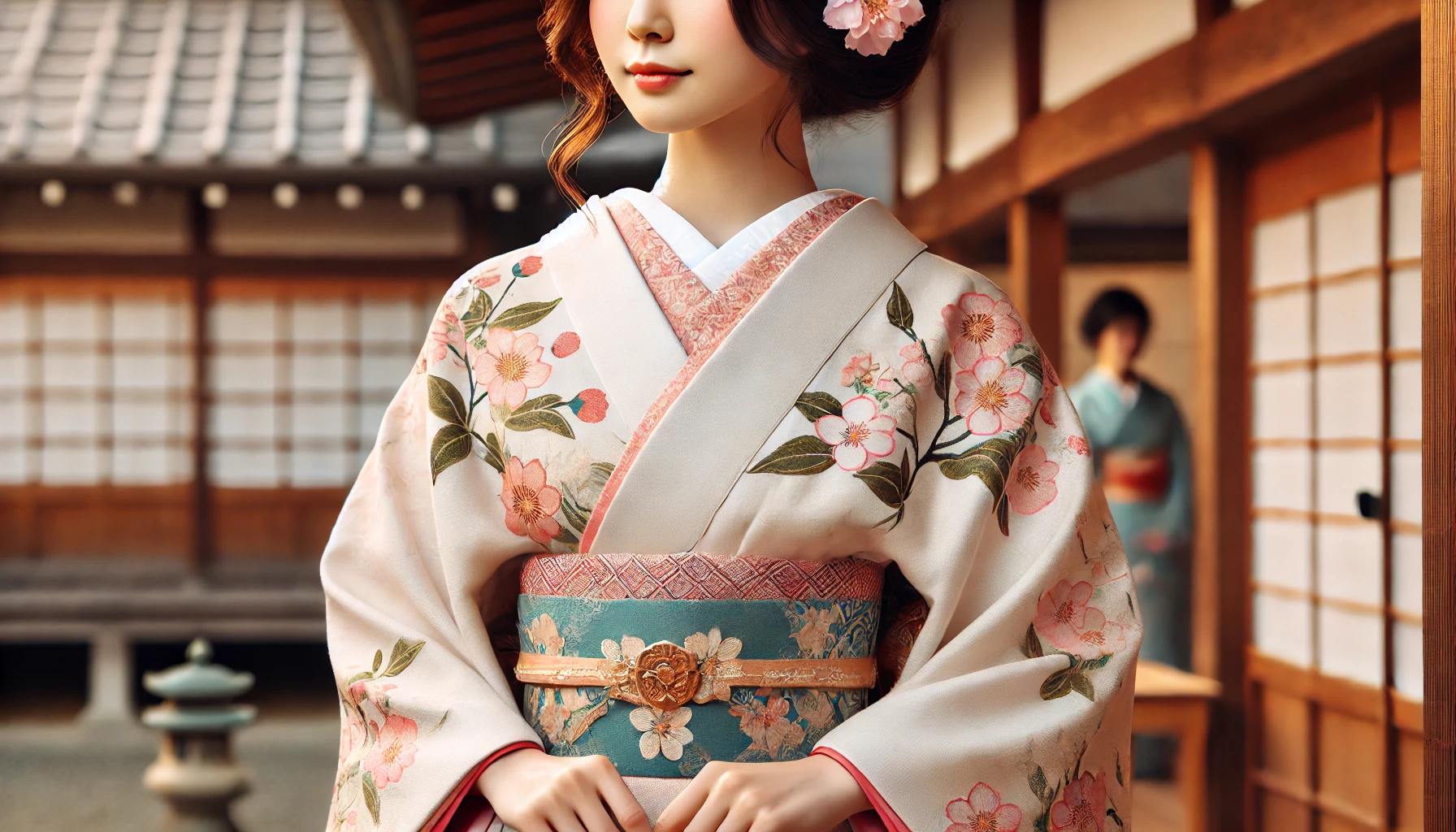Japan’s entertainment districts are well-known for their distinct atmosphere and allure, drawing in visitors from both Japan and abroad. The history of these districts is a long one, evolving over time to become a unique element of Japanese culture. This article explores the history and evolution of Japan’s entertainment districts, looking at how social dynamics and historical context have shaped these areas.
1.Edo Period Yoshiwara and the Birth of the Pleasure Quarters
The origins of Japan’s modern entertainment districts trace back to the Edo period, with Yoshiwara in Edo (now Tokyo) as the most famous of these early pleasure quarters. Yoshiwara was the only officially sanctioned red-light district by the Tokugawa shogunate, fully enclosed within its own precincts. In addition to adult services, Yoshiwara became known as a space where artistic and cultural expression flourished through dance, music, and poetry.
Unlike the modern perception of the sex industry, Edo-period pleasure quarters were not merely places of vice. Many courtesans were trained in traditional performing arts, from poetry and song to shamisen (a traditional Japanese instrument), adding a layer of sophistication and skill that set them apart from typical sex workers. The elaborate dress and makeup of the courtesans, along with the artistic decor of the establishments, became symbols of Edo culture and an aspirational space for the common people.
2.Modernization and the Taisho Era Transformation
As Japan entered the Meiji era, it underwent a period of intense modernization influenced by Western culture, and the pleasure quarters were no exception. New districts, such as Shimbashi and Kanda, emerged with Western-style cafes and dance halls that marked a shift from traditional pleasure quarters to a more Western-style nightlife. These new spaces became particularly popular with younger generations.
During this era, there was also a shift in societal attitudes. With the Western influence came a more open approach to the nightlife scene, as well as increased criticism of the sex industry, spurred by the rise of women’s rights movements. Although entertainment districts remained highly popular, they were increasingly seen as places of economic activity and not merely venues for social or leisure activities.
3.Postwar Boom and the Rise of Entertainment Districts
After WWII, Japan underwent rapid economic growth, and entertainment districts flourished again as symbols of the nation’s recovery. Tokyo’s Kabukicho in Shinjuku emerged as a new center, packed with bars, cabarets, movie theaters, and even amusement halls. This era also saw the emergence of “red-line zones” where the government permitted limited forms of legalized prostitution as a temporary measure to control postwar chaos.
Although the red-line zones were abolished in 1958 with the passage of the Anti-Prostitution Act, many entertainment areas remained vital centers for nightlife, adapting to the growing demand for varied adult entertainment and social spaces. Shinjuku’s Kabukicho area evolved into a sprawling and diverse hub where nightlife of all kinds thrived.
4.Modern-Day Entertainment Districts and Diverse Culture
In present-day Japan, entertainment districts like Tokyo’s Kabukicho, Osaka’s Dotonbori, and Fukuoka’s Nakasu still thrive but have transformed in many ways. Modern entertainment districts cater to a wider audience with a range of attractions, from karaoke spots and clubs to hostess bars and host clubs, making them a popular stop for international tourists as well.
With stricter regulations, such as the adult entertainment business law, districts like Kabukicho are now closely monitored and controlled to maintain public order and safety. These changes reflect shifting societal values, with a growing emphasis on safety and community relations. Interestingly, host and hostess clubs have gained legitimacy, focusing on conversational and customer service skills rather than strictly adult-oriented services.
5.The Future of Japan’s Entertainment Districts
Japan’s entertainment districts have evolved alongside the country’s culture and societal shifts. Today, these districts are increasingly recognized as tourism assets, with more establishments offering foreigner-friendly services. With the influence of the internet and social media, information about these districts is becoming more accessible, opening the door to new types of entertainment and cultural exploration.
However, stricter regulations and ethical considerations continue to challenge the industry. As these districts evolve, collaboration between the entertainment business, legal frameworks, and local communities will be essential for sustainable growth. Far from being just nighttime hotspots, Japan’s entertainment districts have significantly influenced Japanese life and values. Moving forward, it will be fascinating to see how these districts continue to evolve, reflecting both new cultural trends and the enduring spirit of Japan’s rich historical tapestry.




Comment